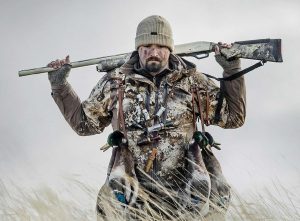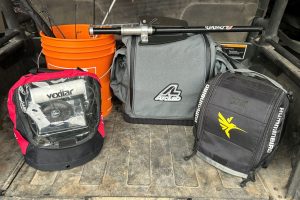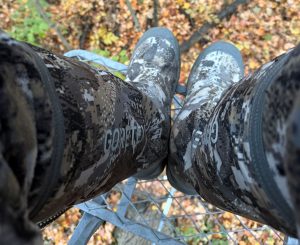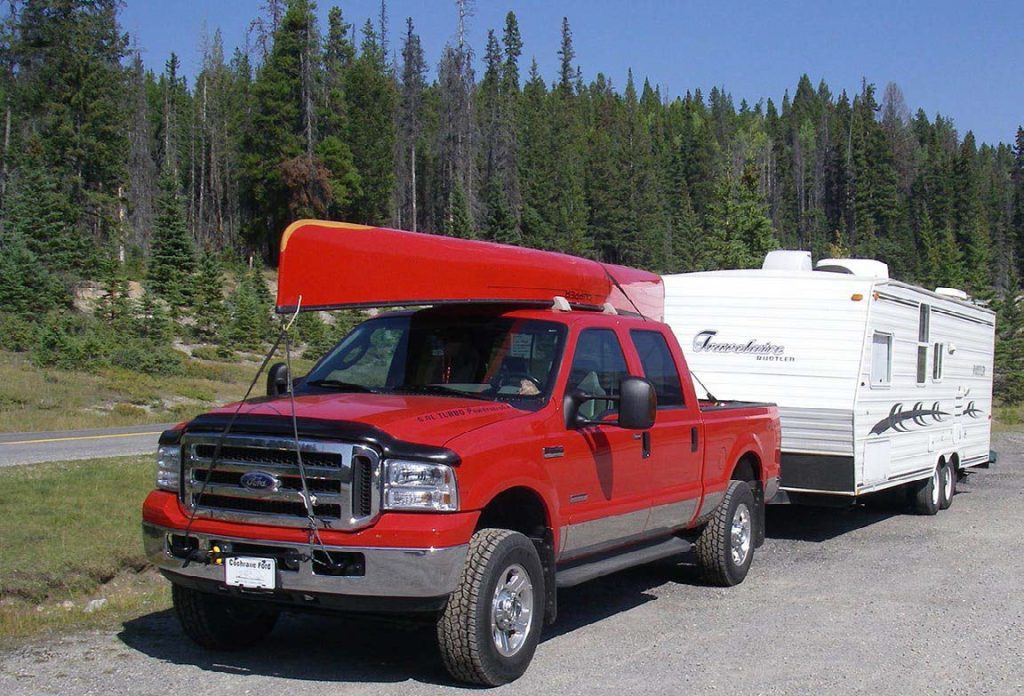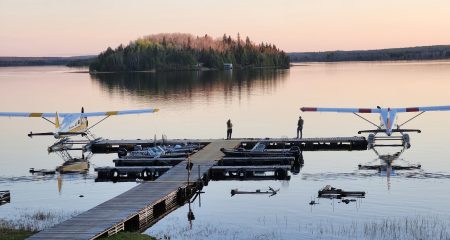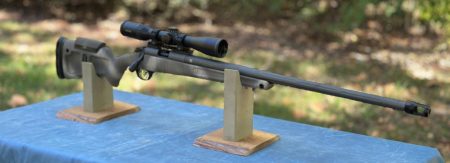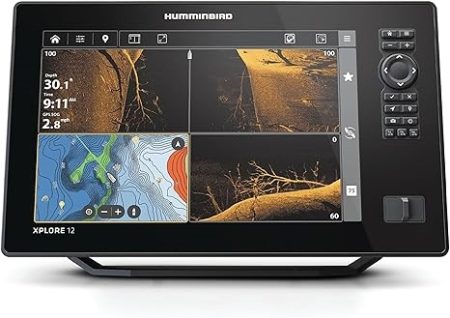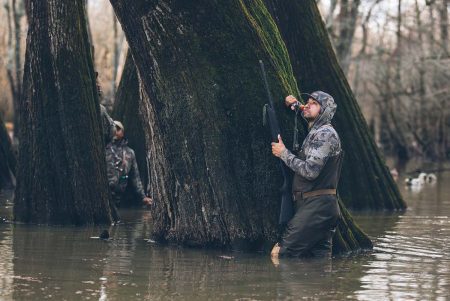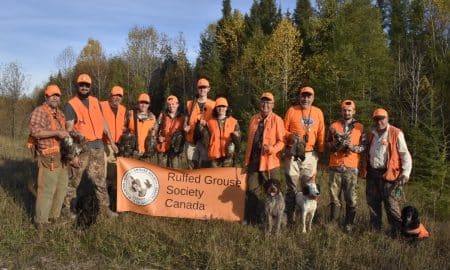Here are some simple steps to help select your perfect canoe and get up the creek with a paddle.
Why canoe?
Paddling a canoe can be restorative. The canoe is the original platform for commerce, travel and community development in North America. A canoe is an intimate space where paddlers get to know one another and come to rely on each other’s specific skills.
The right canoe can be easily transported to water, and depending on the model, carried on your own or with the help of a fellow canoeist. Paddle strokes are perfected over a lifetime. They are strokes that bring pleasure and safe navigation in rough water. A canoe is an explorer’s vehicle that satisfies curiosity, builds relationships and helps search out fresh opportunities.
Expert Advice
Selecting a canoe is a straightforward process once you know how you plan to use it. What follows is professional advice. I reached out to women expert canoers Jesika Lucarelli and Sara Mills about how to select a canoe. Lucarelli owns Great Mountain Guide Service in Maine, where she guides paddlers using Old Town Canoes on the east branch of the Penobscot River and other locations in Maine. Sara Mills is the marketing manager with Nova Craft Canoe in London, Ontario.

Canoe Advantages
Lucarelli said that what drew her to spend time in a canoe, as opposed to bike riding or hiking, was the number of snacks that form of transportation let her bring along. She told me, “We could bring a cooler. The dogs could come, so we were able to be out all day and have all the things that you need to be comfortable. In a canoe, we can have tarps, ponchos and the Jetboil. I rarely am ever in the woods without being able to make a hot drink and cook some food. I think the snacks are what originally got me interested in canoeing.”
The canoe guide continued, “What brought me to guiding was looking at my appointment book, knowing what I was going to do every hour for the next two weeks.” She relayed that she was spending a lot of time indoors at an age when a lot of her friends were going on camping and canoeing trips. “I felt like I wanted to be able to do that, but still had to work. I’m the oldest of five kids. I think that I’ve kind of been guiding my entire life, making sure everyone’s where they’re supposed to be and as prepared as they could be,” she said.
Sara Mills grew up padding on local lakes while at summer camp. Now, she is the marketing manager with Nova Craft Canoe. Mills likes what comes with padding a canoe. She said, “The deeper you can get into a (remote) park, and the further away from road access and signs of civilization, the more you have access to the romantic idea of quiet solitude. Away from wi-fi lets me be able to unplug and forget about everything that happens in real life.” She added, “Those places are difficult to access and typically require multiple portages, but once you get there, I find that it’s really rewarding. Even when I’m paddling in the city on our local river, paddling is just such a relaxing motion; just hearing the water on your paddle. I find that paddling zens me out even if I’m not leaving the city to do it.”
Lucarelli added, “The bird watching is stellar because the canoe is silent most times as long as your paddles are not hitting the gunwales. There’s no motor noise, so you’re able to sneak up close for a good look or photo. One of the coolest things I ever saw while solo paddling, while guiding a group of camp girls, was a fisher on the right side of the river. A mother duck swam with more than a dozen ducklings behind her. It was so interesting to see how the fisher was silent and moved through the water grabbing the last duckling without the other ducklings or the mom even noticing. I was close enough behind them that as my boat was drifting down through, I made eye contact with the Fisher. The hair on the back of its neck stood up. It was such a wild experience to see it unfold like that. If I was in a motorized vehicle or a boat, I would have never seen that.”
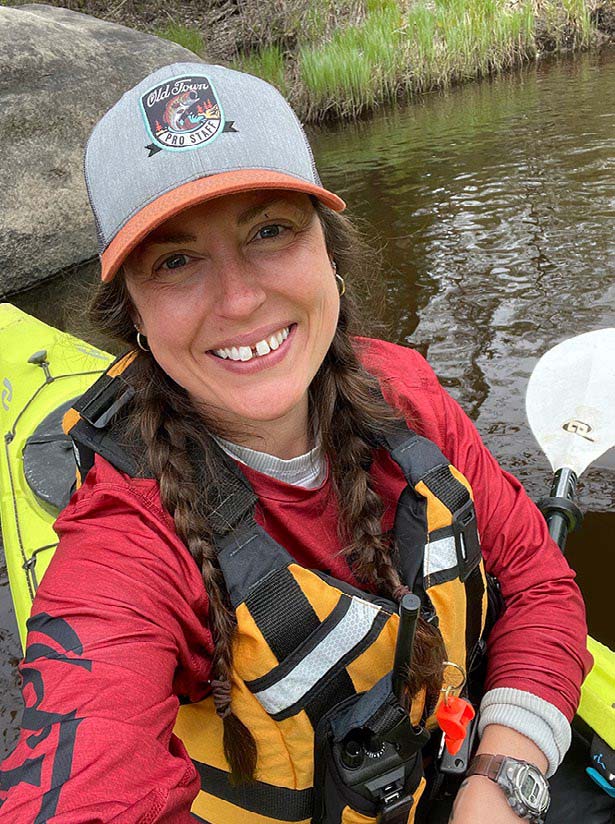
Choosing a Canoe
How do you get the right canoe for your needs? First, answer these questions.
- Will your canoe stay at the lake lot or be transported by car or truck to the water?
- Are you choosing a lake or a river?
- Whitewater or flatwater?
- How many paddlers?
- How much gear?
- What length of trips?
- What will you use it for: bird watching, hunting, and fishing or paddling swift water?
- Will your watercraft be on day trips or overnights?
- What’s your budget?
Not sure what you need? Try a recreational canoe like the Old Town Discovery 133. It’s great for beginners, good for paddling calm water and well-suited for family activities such as wildlife photography and birding.
Plan to hunt or fish from your canoe? Jesika recommends the Discovery 119. Sporting canoes are the most supportive if you need to stand up and reel in a big fish or move your trophy deer to the truck. A sporting canoe is a stable platform to hunt and fish from.
Tripping canoes like the Penobscot 164 or the Discovery 169 are built for long distances and hauling gear. They tend to be longer and narrower than the other designs to track straight and travel fast. Tripping canoes are great for multiple paddlers.
Here are other factors to consider:
- What features – length, width, and depth? Make these decisions once you know what kinds of activities you’ll plan for your canoe.
- Length – This affects how your vessel will move on the water. A longer canoe like the Penobscot 174 has a length of 17 feet, 4 inches. This design will glide farther and track straighter. (This is Jesika’s personal favorite of the touring series.)
- Width – This measure impacts the stability of your canoe. A wider model like the Discovery Sport 115 with a width measuring 40 inches, or the Discovery 133, at 40.5 inches, lends itself to activities like fishing and wildlife photography. A wide canoe is a steady platform on the water.
- Depth – Consider what you plan to do most often with your boat. Higher sides (gunwales) are affected by wind, so if you plan to paddle large lakes be aware of the amount and intensity of the wind predicted.
Be Ready to Compromise
Both Mills and Lucarelli point out that it is best to consider how your canoe will be used most of the time. And then be honest with yourself. You may need to compromise. A mostly family-style canoe will function for the occasional fishing trip, and a dedicated fisher will work for the occasional camping trip.
Choosing the material that your canoe is made of impacts the weight, durability and maneuverability of the canoe. Tougher materials like ABS and fiberglass tend to be heavier and sturdier than lighter carbon fiber and aramid fiber. The lighter the canoe, the more it is going to cost, but the easier it will be to slip onto your rooftop canoe carrier. There are multiple trade-offs in the selection process.
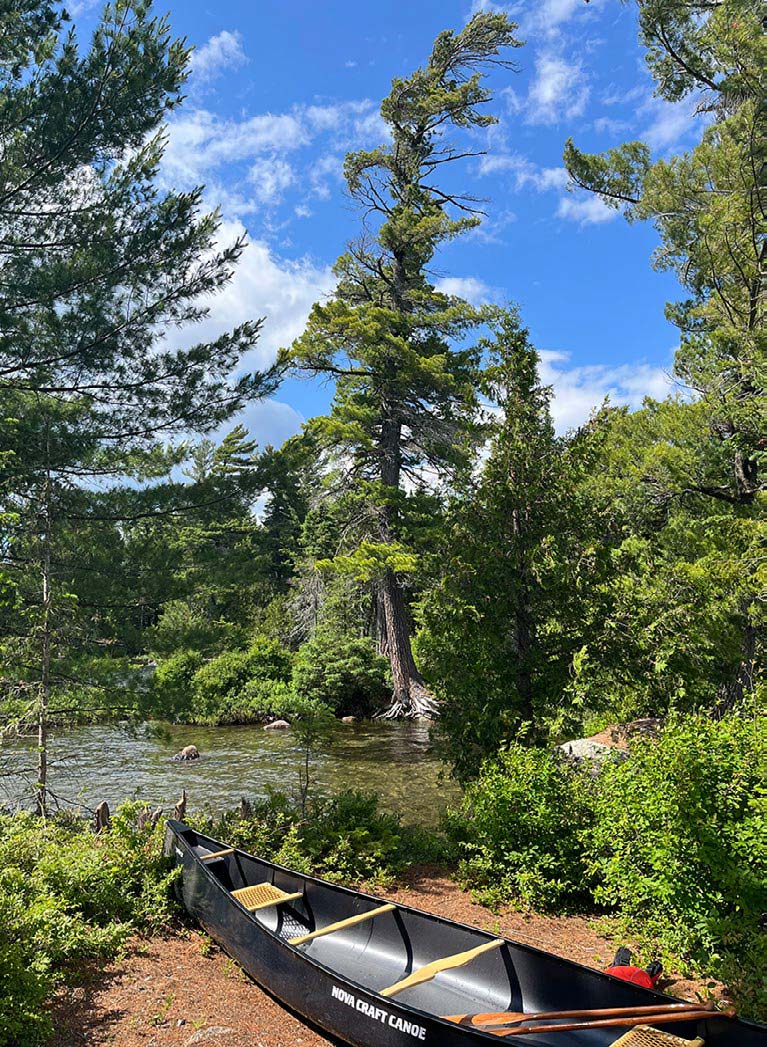
Choose Options; Grab a Seat
Mills said, “There are two types of seating that we (Nova Craft Canoe) offer. One is traditional looking––that one is more popular with a lot of our customers. Traditionally these seats would be made using cane. Ours are made with nylon boot lace because it’s more comfortable, dries quickly when it gets wet and is an easy material to replace.”
She continued, “The other option is thick black webbing. And if you’re purchasing a dedicated solo canoe, it’s just going to have one seat but most of the boats that we offer are tandem canoes with two seats. We’ve done up to four seats in our 18-foot boat on special request. You can add skid plates to your boat––strips of aramid belts, and with epoxy resin on the bow and stern of the boat. They provide extra impact and abrasion resistance. For people who know that they’re going to be encountering rocks, paddling in a shallower river, or just want to drag their boat up on shore. These strips are going to kind of reinforce those areas that are more prone to wear and tear.”
It is worth noting that Lucarelli prefers seats with no back so she can make a quick reversal should her canoe get turned around running a section of the river.
Sculpted Yokes
The yoke is the bar that fits between the gunwales of the canoe at the balance point. This is the part that rests on the shoulders of the person carrying the canoe when loading, unloading and portaging. Standard yokes can be a straight bar in the middle of the canoe, but Sara Mills points out the importance of selecting the right yoke for your needs. A sculpted yoke with a cutout for your neck area is preferred because it will make portages tolerable and more comfortable when transporting the canoe from water to transport and storage.
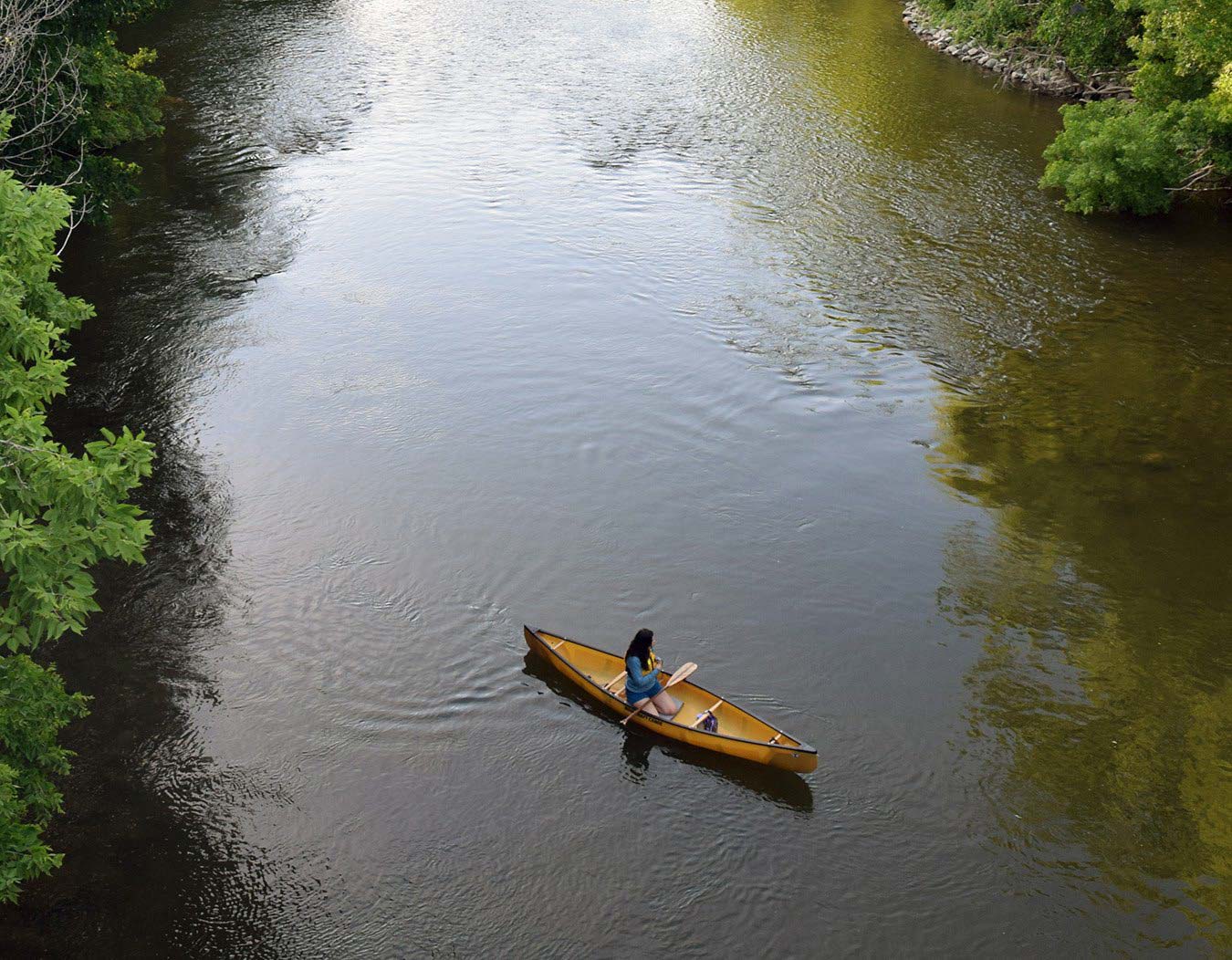
Gearing Up
Canoes can be outfitted with technical fishing gear such as fish finders and small motors. There are endless possibilities for how you can customize your boat once you decide which canoe works for you.
Lucarelli tends to do a lot of that country stuff. Her boats are outfitted with extra bottles, extra life jackets, and a Z-drag. The Z-drag is a rope and pulley system with a mechanical advantage that helps free a wedged boat, or one stuck in a river. The Z-drag’s mechanical advantage helps to pull the boat free. Of course, Lucarelli recommends always wearing your PFD (Person Flotation Device) and that paddlers have a whistle attached to the PFD.
In addition to the Z-drag, Lucarelli uses a long rope attached to the bow or stern (or both) of the canoe for tracking and lining. This allows her to maneuver her canoe standing on the shore of the river without being in the river or the boat. It is another option for portaging. If you don’t want to run a particular rapid or section of the river, you can line or track your boat down through it.
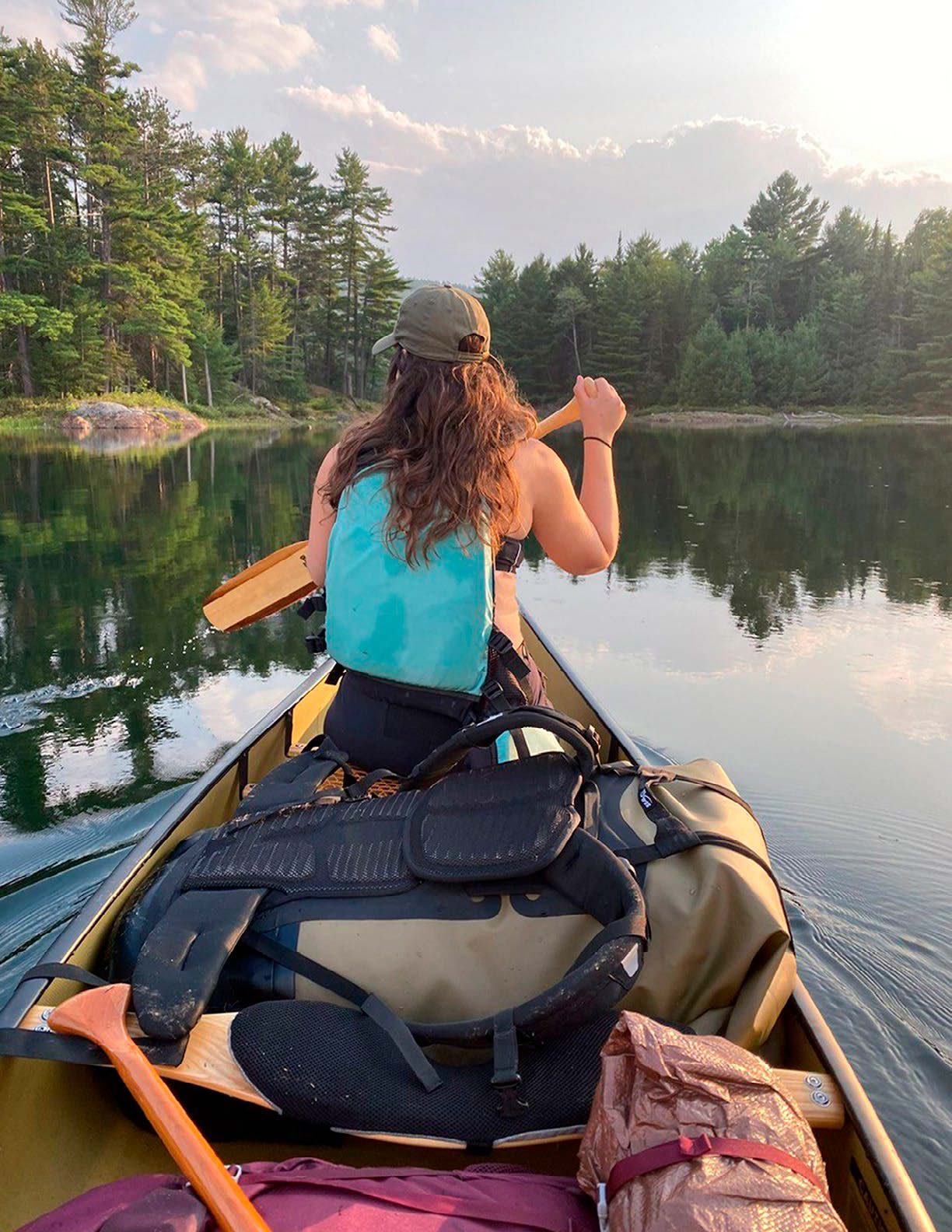
Retro Perspective
Twenty years ago, I bought my first canoe. It holds 1162 pounds of cargo, which means I could pack a quartered moose in it, a fellow paddler and all of our camping gear. It is made from aramid fiber (Kevlar) and weighs just 60 pounds, so I can load it myself. The canoe tracks straight as an arrow and is set up perfectly for two paddlers. It paddles like a dream-come-true (which it is).
I bought the canoe with visions of paddling big wide rivers like the North Saskatchewan near Edmonton, Alberta, or mountain lakes where we camp. When I purchased my canoe, I asked the salesman to recommend my second canoe––the one I would buy after I learned to paddle and wanted an upgrade. (I chose to skip that middle step.) That second canoe is what I took home. It was a bit more of a challenge to learn to paddle. It is what then was an advanced paddler’s canoe. In the intervening 20 years, the red gel coat has suffered some abrasions. I added epoxied Kevlar cloth reinforcements bow and stern to counter the rocky riverbanks where we pull up for snacks.
There is an elemental simplicity of the canoe on the water. The rhythm of reaching into the water with a handcrafted paddle and pulling your canoe through the water is its own reward. In some way, you are defying the laws of nature––especially if you find yourself up the creek with a (handmade) paddle.
IMPORTANT SAFETY NOTE: Always wear your PDF. Attach a whistle to it. And always tell someone where you are going and when you plan to return.
Per our affiliate disclosure, we may earn revenue from the products available on this page. To learn more about how we test gear, click here.

